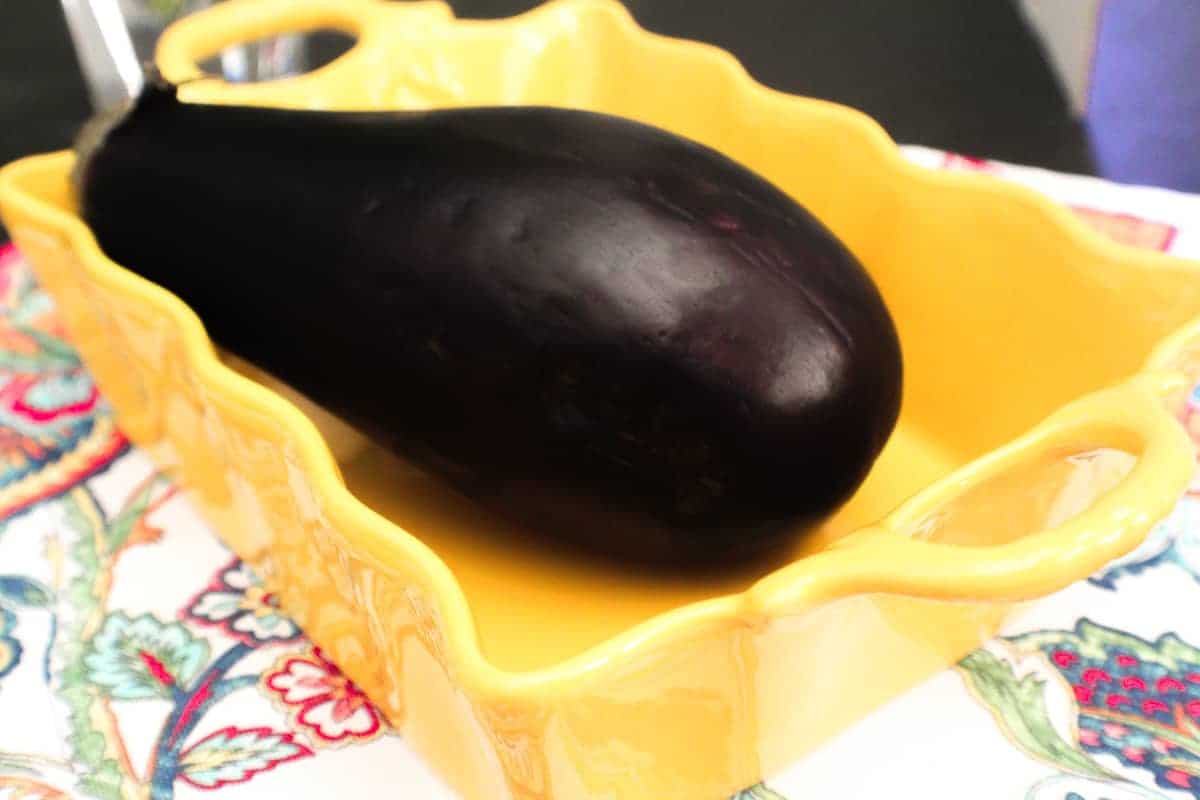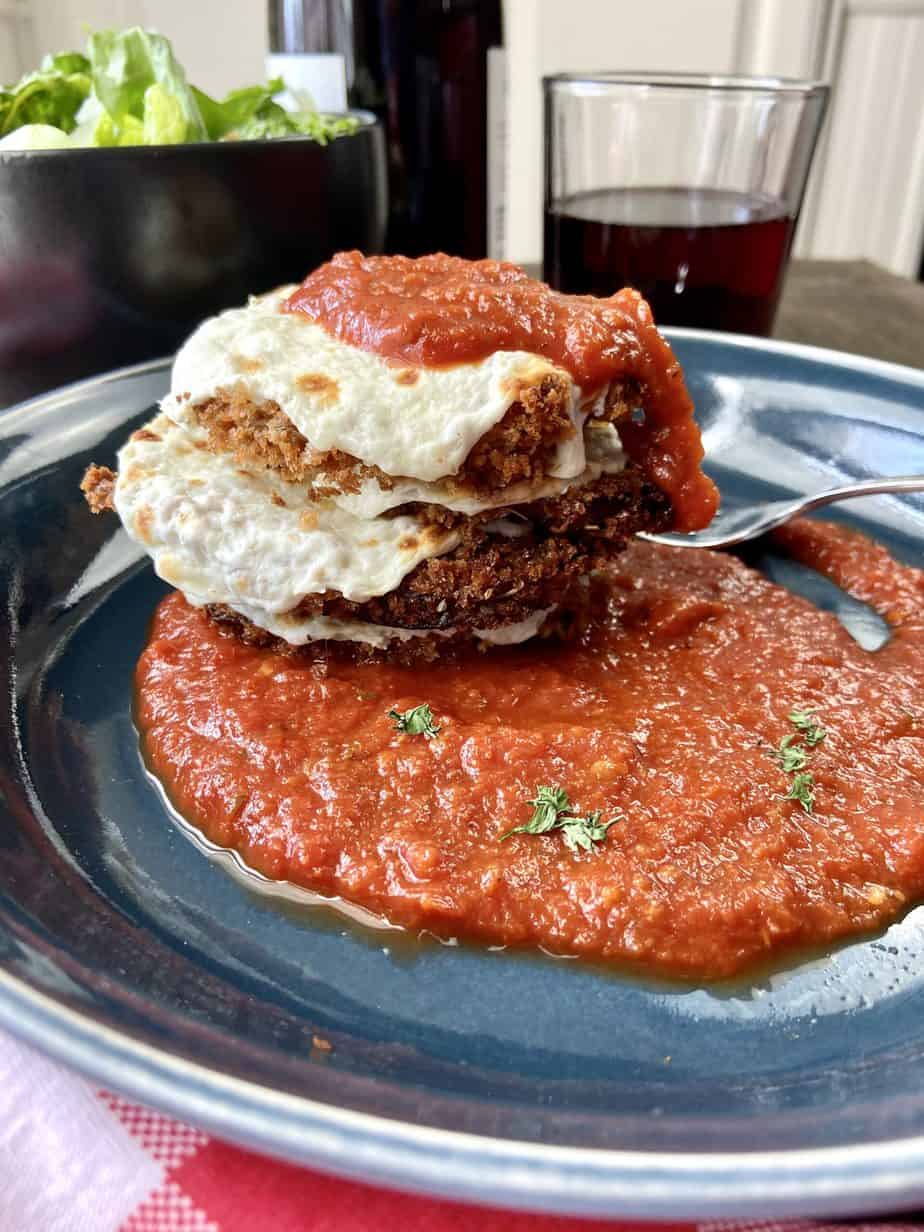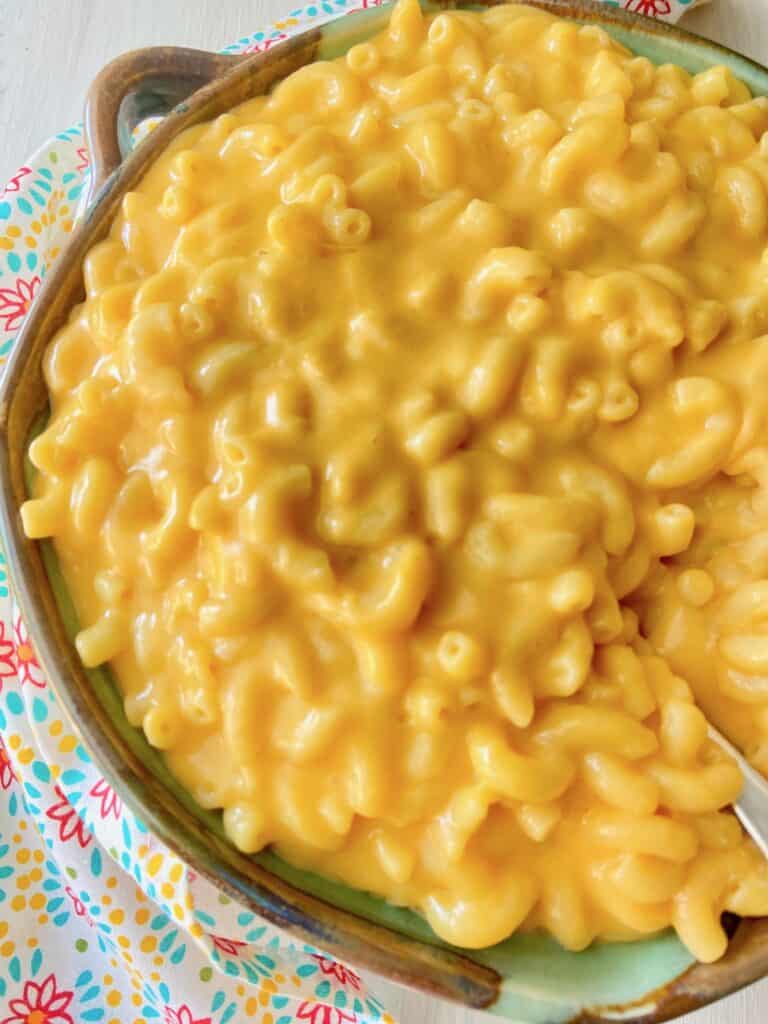How to Prevent Eggplant from Turning Brown
Food science-based tips for how to prevent eggplant from turning brown. Here’s why that happens and how to avoid your next eggplant dish from discoloration.

Eggplant can be finicky to cook. It can easily turn to mush and/or an unappetizing shade of blue-gray. Here’s why that happens and how to prevent it from happening to your eggplant parmesan or eggplant casserole or ratatouille.
Why Eggplant turns brown
Eggplant, or “aubergine,” is a flavanoid of the anthocyanin group, which includes red cabbage, radishes and berries. In acidic environments, these food are red; at a neutral pH they’re purple; in alkaline environments, blue. These foods change colors depending upon several factors:
- type of knife
- type of cookware
- degree of exposure to oxygen
- storage
- adjust the pH level
How To Keep Eggplant from Turning Brown
Depending upon what eggplant recipe you’re making, there are a few simple rules of thumb to follow for keep this delicious purple vegetable an appealing colorl
Avoid reactive cookware and cutlery
- Use a sharp stainless steel knife to remove the skin and slice.
- Do not cook eggplant in aluminum, tin, copper, iron or cast-iron cookware. These are reactive metals that negatively interact with the pH levels of acidic foods such as eggplant.
- You can cook eggplant in enameled cast-iron, but if you cook it in “normal” seasoned cast-iron, it will change colors.
Minimize exposure to oxygen
- Once you remove the skin and slice the eggplant, immediately reduce its exposure to oxygen by covering the eggplant slices with plastic wrap.
- Then, place the eggplant slices on a paper towel and salt generously; cover with a second paper towel, then place a sheet of plastic wrap over the paper towel. Allow to sit for 15-20 minutes.
- Eggplant is inherently full of water and the salt will pull out excess moisture resulting in a firmer slice of eggplant.
- The use of paper towels and plastic wrap reduces any exposure to oxygen, resulting in an appetizing and appealing color of eggplant.
Storage
- Do not store fresh eggplant in the refrigerator. The ideal storage environment is cool and dark.
- Store a whole, unrinsed eggplant for 3- 5 days. Do not refrigerate it or store it with ethylene producing foods like tomatoes, melons, pears, peaches or bananas. These types of produce emit ethylene gas, which is a natural gas that accelerates the ripening process.
Adjust the pH of the cooking environment
- This is the last proven method to reduce discoloration of eggplant, but its also the least practical because it relies on the homecook knowing the pH level of their other ingredients, including tap water. And who knows the pH of their water, chicken broth, tomatoes, etc? I don’t.
- If you’re sauteeing or baking eggplant, add a few drops of acidity (fresh lemon juice, wine or white distilled vinegar) to the eggplant. This will adjust the pH environment of the eggplant to a more neutral state, resulting in less discoloration.

Apply these tried and true technicques that are taught in food science and culinary courses.
The next time you’re at the grocery store, swing by the produce section and grab you a nice, firm, purple eggplant with the least amount of bruises, dents or embellishments.
It’s a healthy and delicious vegetable and can be prepared a variety of different ways.





